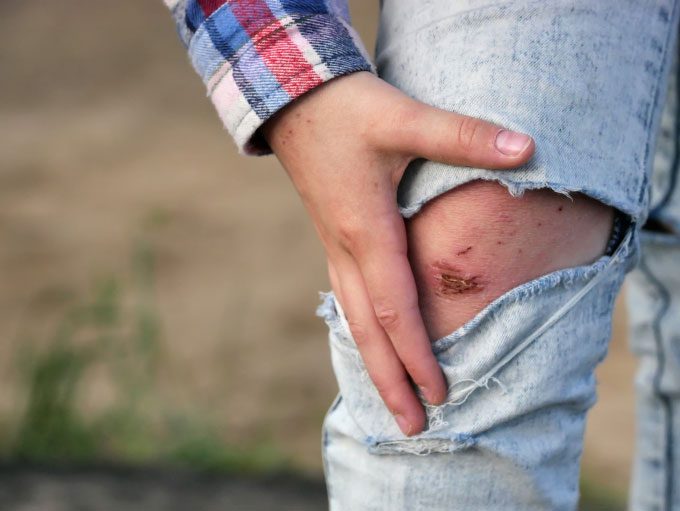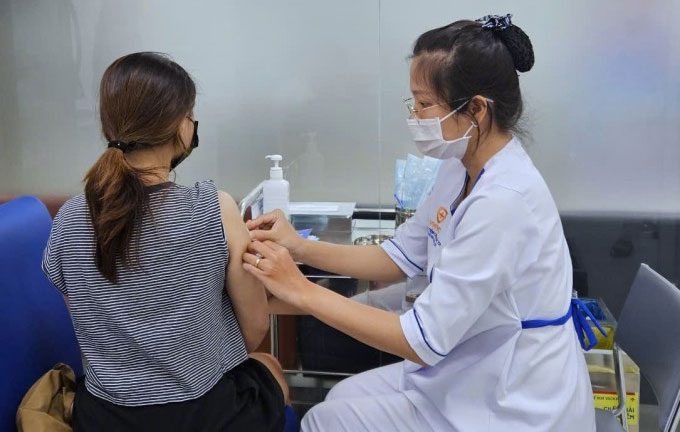Dogs, cats, monkeys, rats, and bats are recorded as significant sources of rabies cases in humans in Vietnam and globally.
Dogs
According to the Department of Preventive Health, Ministry of Health, dog bites account for 96% of rabies cases in humans in Southeast Asia. In Vietnam, there were 65 rabies-related deaths in the first seven months of 2024, a 50% increase compared to the same period in 2023. The primary reason is that people bitten by dogs tend to be complacent, believing that bites from domestic dogs do not transmit the disease or that vaccination is unnecessary until symptoms of rabies appear.
Cats
Also noted by the Department of Preventive Health, cats are responsible for approximately 3-4% of rabies cases in Vietnam. Cats can transmit rabies to humans through bites, scratches, or licking open wounds. In 2023, surveillance testing showed a significant increase in rabies cases caused by cat bites compared to previous years, accounting for about 10%.

Dog bite wounds have a high risk of rabies infection. (Photo: Vecteezy).
Monkeys
Monkeys can also carry the rabies virus, with the pathogen being present in their saliva, which can be transmitted to humans through scratches. Tourists visiting wilderness areas or zoos are at a higher risk of being scratched or bitten by monkeys when teasing or provoking these animals.
Rats
Dr. Pham Hong Thuyet, Medical Manager of the VNVC Vaccination System, stated that while these animals rarely cause rabies cases, the risk cannot be completely ruled out. Additionally, wounds from rat bites can also lead to tetanus, and rats are a source of plague transmission to humans.
Bats
According to the U.S. Centers for Disease Control and Prevention (CDC), over 90% of rabies cases in the country originate from wild animals, with bats being the primary source. Approximately 7 out of 10 Americans who die from rabies are infected by this species of animal.

People receiving rabies vaccinations at VNVC. (Photo: VNVC).
Rabies is an acute infectious disease caused by a virus, primarily transmitted through bites, scratches, or licking from infected animals. Clinical symptoms in humans include hydrophobia, aerophobia, convulsions, paralysis, and ultimately death.
Dr. Thuyet emphasized that there is no specific treatment for rabies. Vaccination and immunoglobulin are the only preventive measures currently available.
To eliminate the risk of rabies after being attacked by an animal, individuals need to properly clean the wound by following these steps: rinse the wound under clean running water and soap for 15 minutes, then clean again with 45-70% alcohol or iodine alcohol; use shampoos or body washes to clean the wound if soap is unavailable. Afterward, visit vaccination centers for advice on vaccination as soon as possible.
For first-time rabies vaccinations, a schedule of 5 doses is required, with two additional doses for subsequent injuries. Rabies vaccines can be administered as a preventive measure before injury, consisting of three doses, without the need for immunoglobulin; two additional doses are required for each instance of animal scratch or bite.




















































